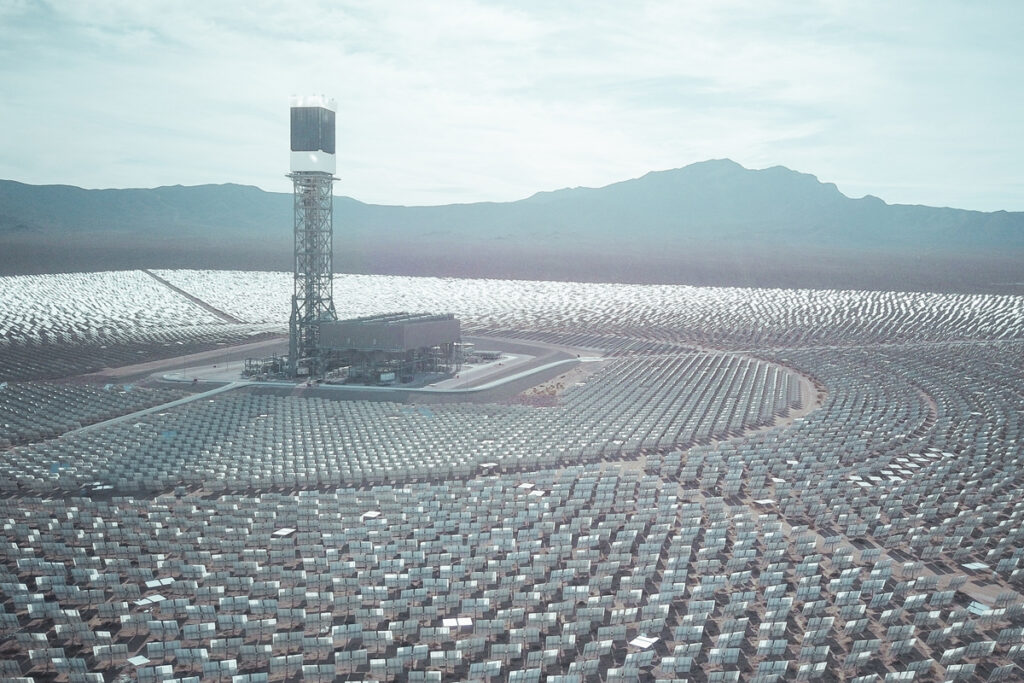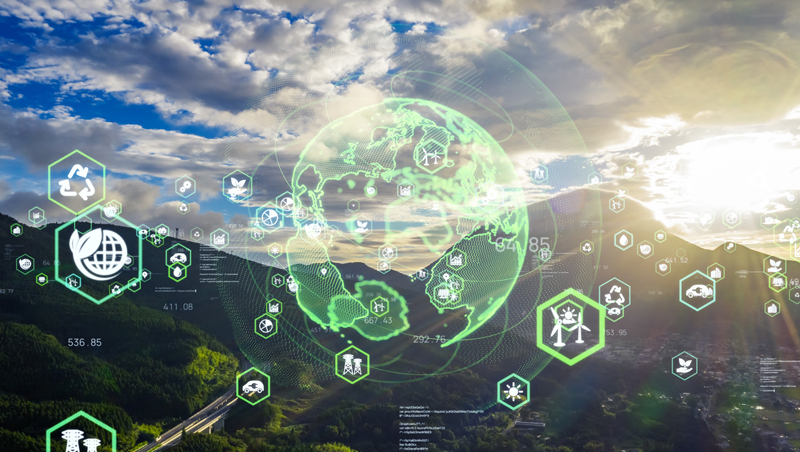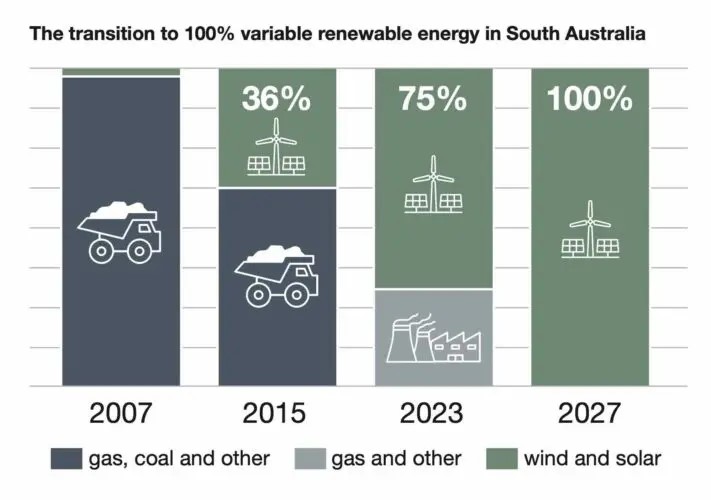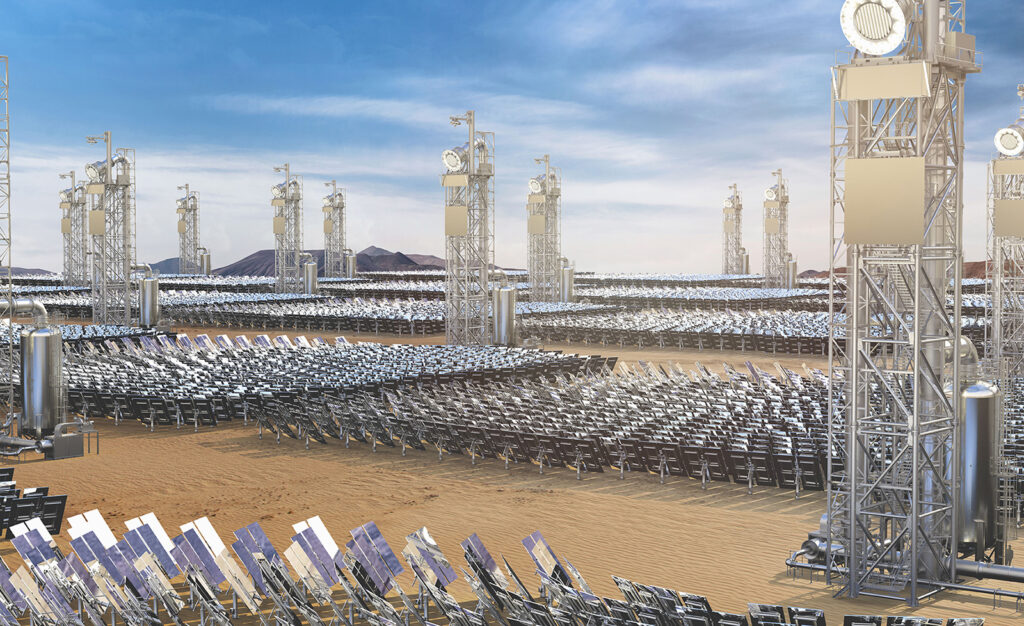INDIA RESERVES HALF OF NEW RENEWABLES TENDER FOR CSP

pexels/kindel media
India’s renewable energy landscape is undergoing a significant transformation, with a focus on Concentrated Solar Power (CSP). In December, the world’s most populous nation announced that its 2024 renewables tender will mandate that over half of the energy supply must come from CSP. As reported by Susan Kraemer in SolarPACES, In, India plans to put out a tender the first quarter of 2024 that includes “not just a carve-out, but the largest ever, requiring over 50% to be supplied by Concentrated Solar Power (CSP), the thermal form of solar electricity.”
In an interview, Rajan Varshney, Deputy General Manager at India’s largest electricity provider, NTPC, notes that India cannot rely on traditional intermittent approaches to renewable power like PV and wind. These technologies are necessary but not sufficient to meet both India’s growing energy demand and its decarbonization goals at the same time.
Varshney is clear about the limitations of PV. He explains how solar farms only generate power for a portion of a day, yet each farm must pay for grid access that gets used only for one-fifth of each 24-hour period. Additional investments for storage have to be included to time-shift power from daylight hours, and batteries are extremely expensive for durations longer than 4-6 hours.
Each of the currently available alternatives is inadequate. Says Varshney, “(W)e cannot depend on large-scale battery storage, and pumped hydro also has its issues, environmental issues, and cost issues. How much jungle has to be cut, how much digging. How much soil pollution, air pollution we’d have to do. We cannot just live on intermittent PV and claim that we are a clean energy country.”
India realizes that concentrated solar power solves several problems at once. Unlike PV and wind, CSP coverts solar energy to heat instead of electricity. It then stores the heat at both lower cost and for longer periods than batteries.
Ideal conditions
India is well positioned to take advantage of everything CSP has to offer. Varshney observes that “(W)e are in a [good] geographical position, and we have 330 days of sun available and a lot of areas with high DNI.” India’s grid offers advantages that aren’t available elsewhere, too.
Kraemer writes that, unlike the U.S., India has no potential problems with a new transmission buildout. The grid is largely centrally managed, with no roadblocks, making India easier to decarbonize than the U.S. with a similar land mass. Varshney says, “There is a problem with the grid there. They have different rules in different states and they all have different interconnection rules. But in India, this is not the case.”
Well-designed incentives
To attract investors who may be skeptical of concentrated solar power, the new tender will include a basket of incentives. “We will try to give for free all the clearances and we can guarantee grid connection and offer long term contracts and facilitate loans for them,” Varshney says.
“Already, in those areas where the DNI is more than 1,800 kWh/m2a, some entities are acquiring land for a 99-year lease to the developer so that all the IPP has to do is build, own, and operate. He doesn’t have to transfer. He doesn’t have to bother about all these other things like land acquisition and power evacuation.”
In a separate article in SolarPACES, Kraemer quotes Pedro Cabanillas from John Cockerill, a firm that supplies key components to CSP projects: “Having a piece of land fully permitted without any risk on the agreed interconnection or the ownership of the land? That makes a huge difference.”
Economics and energy security
Varshney sees economic and energy security advantages to concentrated solar power as well. He sees India’s new tender ultimately paving the way for 100 GW or more of CSP, and at a much lower LCOE than coal. Unlike PV panels which are mostly imported, many components for CSP systems can be manufactured in India. With local component manufacturing, he says, India would have more energy security. Other resource concerns apply as well. “For India, we cannot be more dependent on one country, which has controlled most of [the] battery resources, lithium, cadmium, rare earths,” Varshney says.
There are additional applications, too, because unlike PV, CSP provides both electricity and heat. Kraemer writes, “The cost for industrial heating and cooling could also be expected to come down, because a lot of industrial heat load could shift from fossil energy to using direct CST heat or steam. This shift would smooth peak load and reduce utilization of power generation and transmission assets.”
By prioritizing CSP in its renewables tender, India is making a strategic move toward energy sources that are both sustainable and reliable.
ROUND-THE-CLOCK CLEAN CLEAN ELECTRICITY AND HEAT
400kWe 247Solar Plants deployed at scale
247Solar Plants™ bridge the gap between conventional wind and solar and the need for round-the-clock utility power and industrial-grade heat. 247Solar Plants store the sun’s energy as heat instead of electricity, for 18 hours or more, at much less than the cost of batteries. No generators are required, and 247Solar’s turbines can also burn a variety of fuels, including hydrogen, to ensure 24/7/365 dispatchability.
Extensive Applications
On-grid or off-grid, 247Solar Plants offer a 24/7 alternative to fossil fuels for a broad range of applications:
- CHP: 24/7 low-carbon Combined Heat & Power for industry
- Ultra Heat: Each 247Solar Plant can provide up to 1,500,000 Btu/hr. of heat at temperatures up 1000℃/1800℉ for industrial processes such as cement, glass, steel making, or minerals processing
- Microgrids: Always-on, emissions-free electricity and heat for islands, mines, communities, facilities
- 24/7 baseload power: 24/7 solar electricity, especially for emerging economies
- Green Hydrogen: 24/7 solar electricity and heat to power electrolysis around the clock
- Green Desalination: 24/7 solar electricity and heat to purify water around the clock
AI IS BOTH A CLIMATE BOON AND AN ENERGY BURDEN

iStock
It wouldn’t be a newsletter today without an AI story. Cat Clifford writes in Cipher that while artificial intelligence can help tackle the thorniest climate problems, there’s a catch: It uses a ton of energy. She notes that while AI tools have been around for some time, their increasing sophistication and corresponding energy use have exploded in recent years.
Because of this, Clifford writes, “It will take evermore electricity-hungry data centers to feed exponential AI growth. In the United States, the electric grid — facing a shortage of power lines — is already bursting at its seams. At the same time, AI is becoming a linchpin tool to help industries like aviation, agriculture and energy suppliers find climate solutions.”
The nature of the beast
While attending the recent CERAWeek conference in Houston, Texas, Clifford interviewed several industry leaders about the conundrum. Clifford quotes Dutch data scientist Alex de Vries: “(T)he very nature of AI — taking vast data sets and crunching them to identify patterns and make projections — makes it fundamentally incompatible with environmental sustainability.”
“If you’re making AI models, a bigger model will always be more robust, and a more robust model will always perform better. At the same time, it’s also true that bigger models will simply require more computational power and energy sources to operate,” de Vries says.
Clifford notes that one way to minimize AI’s climate impacts is to improve its energy efficiency, though that brings new challenges. “Looking for energy efficiencies to solve AI’s climate problem,” she says risks a rebound effect, however, because any efficiency improvements tend to increase usage.”
And then there’s the likelihood that most new energy capacity for data centers will tend toward renewables in the future. “We recognize that you can’t do AI using energy that generates carbon,” Bill Vass, Amazon Web Services’ vice president of engineering, tells Clifford.
She concludes, “it’s more realistic to address the climate impacts of AI by responsibly sourcing energy than it is to try to significantly curtail AI use.” A final quote from Chase Lochmiller, CEO of Crusoe Energy: “Are we going to put the genie back in the bottle? Probably not.”
Read Clifford’s piece here.
SOUTH AUSTRALIA QUIETS CRITICS OF CLEAN ENERGY

Renew Economy
Will a grid based around wind and solar kill manufacturing and industry? Giles Parkinson writes in RenewEconomy that while this is what naysayers want people to believe, the experience in South Australia proves the opposite.
According to ElectraNet, the state’s transmission operator, wind and solar already account for a world-leading 75 per cent share of local demand, and an accelerated target of net 100 per cent renewables by 2027 is attracting interest from new industry.
Parkinson quotes ElectraNet CEO Simon Emms: “As we enter the next phase of the energy transformation, South Australia is now seeing a level of interest from new, large electricity loads not seen for a very long time … driven by electrification and green re-industrialisation of the economy as loads seek access South Australia’s clean energy.” Per Parkinson, this interest comes from industries such as green steel, mining, desalination, hydrogen and other energy-intensive operations such as data centres – all of which are under pressure to lower their carbon footprints.
Clean energy opponents continue to insist that the “lights will go out” with a high level of renewables, leading to “the death of industry and the modern economy.” Yet, Parkinson writes, “South Australia, despite its lack of any long duration storage such as pumped hydro, is living proof that [this] stance is a complete nonsense.”
Read more.
FOLLOW & JOIN 247Solar
Contact: info@247solar.com
